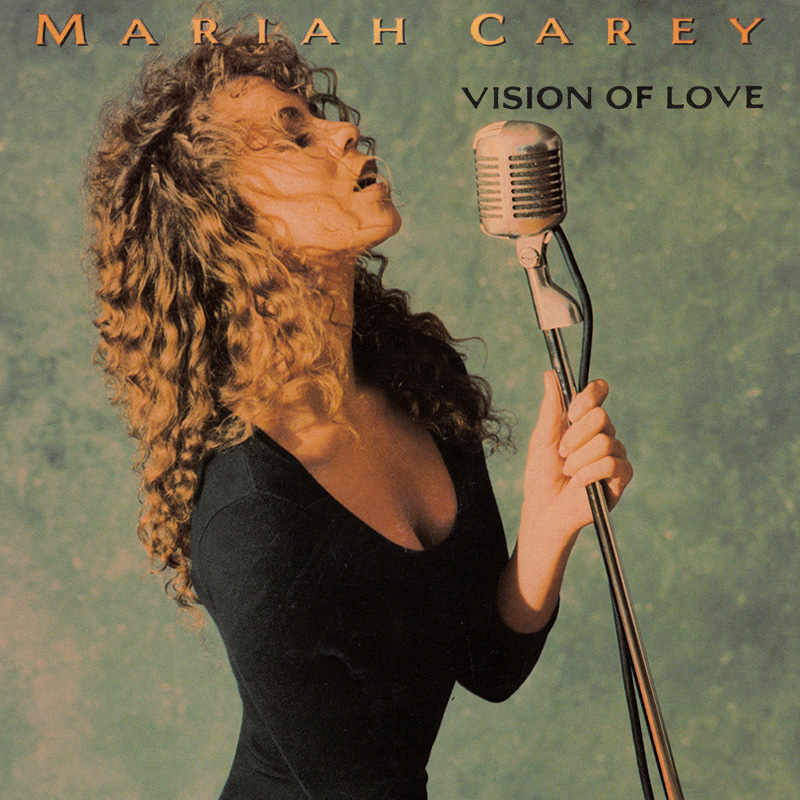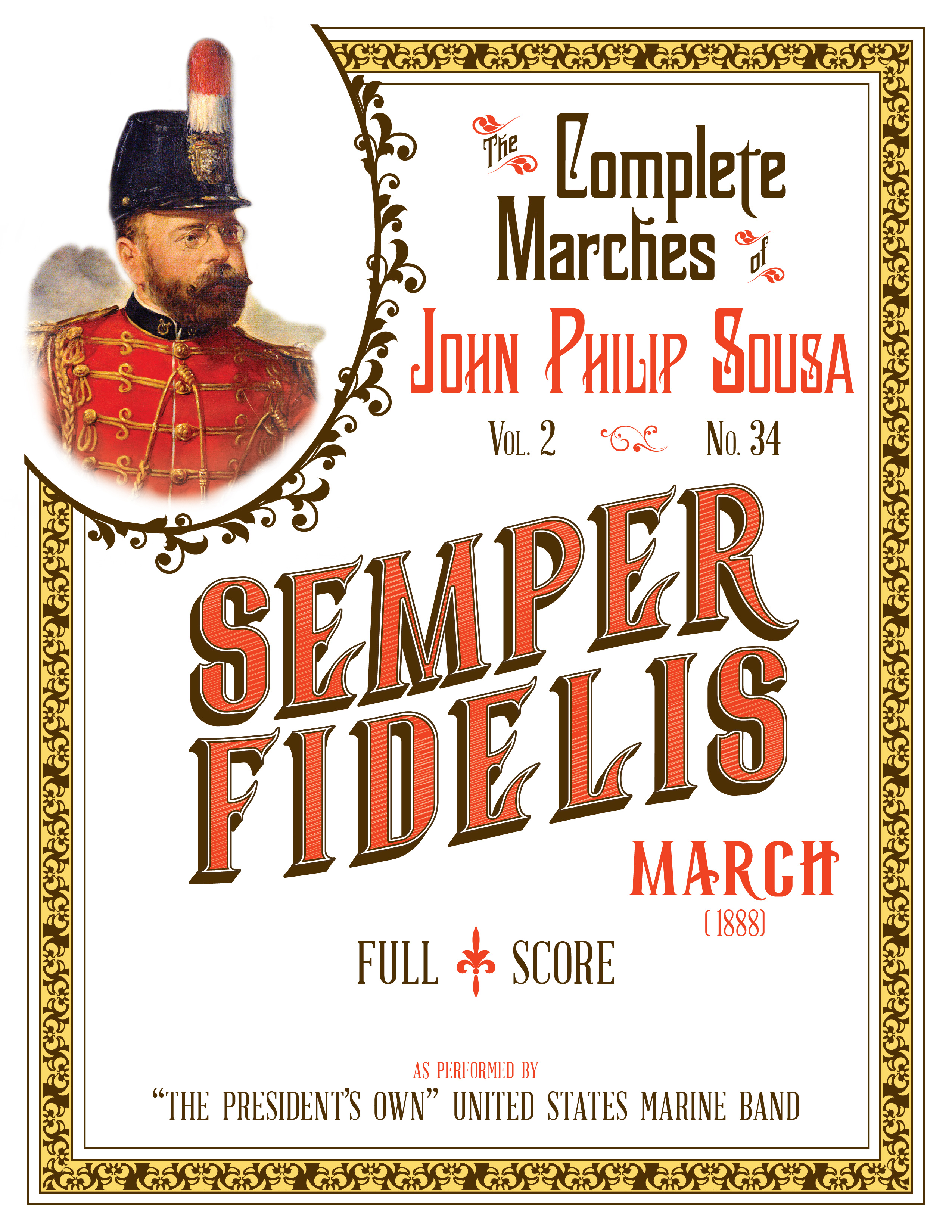| First posted 2/22/2008; updated 12/3/2020. |
No Fences |
 |
Released: August 27, 1990 Peak: 3 US, 141 CW, -- UK, 49 CN, 11 AU Sales (in millions): 18.0 US, -- UK, 23.0 world (includes US and UK) Genre: country |
Tracks: Song Title (date of single release, chart peaks) Click for codes to singles charts.
Total Running Time: 38:29 |
Rating: 4.250 out of 5.00 (average of 13 ratings)
Quotable: “No Fences captures Garth Brooks just after his initial success yet before superstardom.” – David Cantwell, Amazon.com Awards: (Click on award to learn more). |
About the Album: “No Fences captures Garth Brooks just after his initial success yet before superstardom.” DC It remains his “best-selling album to date” WK and was named Album of the Year in 1990 by the Academy of Country Music. It “follows the same pattern as his debut, but it is a more assured and risky record. Brooks still performs neo-traditional country, such as the honky tonk hit Friends in Low Places,” STE, which was the ACM 1990 Single of the Year, “but now he twists it around with clever pop hooks.” STE “Those pop/rock influences are most apparent on the ballads, which alternate between sensitive folk-rock and power ballad bombast. But what makes No Fences such a success is how seamlessly he blends the two seemingly opposing genres, and how he chooses a set of material that makes his genre-bending sound subtle and natural. Of course, it doesn’t hurt that the songs are consistently entertaining, either.” STE That attempt at hitting across genres can come across as “impersonations – often catchy and engaging ones, but impersonations nonetheless. Wild Horses is straight-up George Strait, while Two of a Kind and ‘Friends in Low Places’ are John Anderson and Hank Jr. respectively. The best moment, the Dan Fogleberg-like Unanswered Prayers, relays a message either highly spiritual or hugely rationalized. Regardless, it succeeds because its delivery is earnest, sweet, and humble – something Garth wouldn’t be for long.” DC Also on the album is a cover of the Fleetwoods’ Mr. Blue, Victim of the Game (which was covered by Brooks’ future wife, Trisha Yearwood, on her 1991 debut, and The Thunder Rolls, which was CMA’s Video of the Year in 1991. WK Notes: “This Ain’t Tennessee” was added to the album when it was released as part of the Limited Series box set. |
Resources and Related Links:
|










